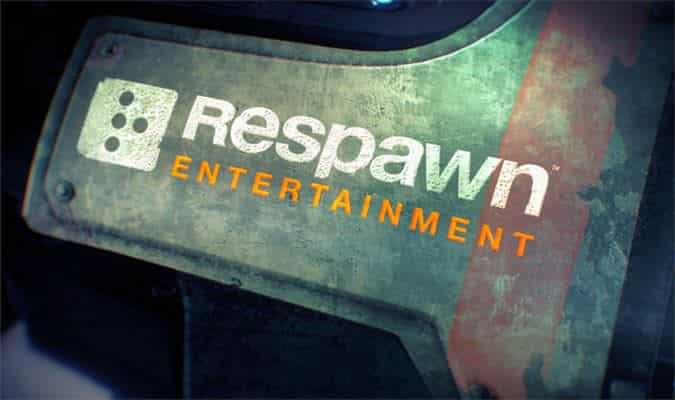 Mariano Arruda, better known as Squishy to the Rocket League community, has created a unique kind of business for himself. Arruda provides a unique skill set to his viewers across multiple platforms like YouTube, Twitch, Twitter, and Instagram.
Mariano Arruda, better known as Squishy to the Rocket League community, has created a unique kind of business for himself. Arruda provides a unique skill set to his viewers across multiple platforms like YouTube, Twitch, Twitter, and Instagram.
Arruda plays at the highest level Rocket League has to offer and people love to watch it. Averaging 400 new followers every day on Twitch and 600 subscribers each day on YouTube, Arruda provides content that no one else could provide. From YouTube and Twitch, according to SocialBlade, he generates near $100,000 per year in earnings. This excludes any prize money winnings he would receive for competing in top level world tournaments (around $29,000 per year) and any sponsorship money he receives from his eSport organization, Cloud9 (these earnings are confidential and not reported). His total earnings flowing well past $100,000 each year from each income source.




 As a homeschooler, Natalie and her family had to buy all of their books themselves, and as there was no curated or organized way to buy used book, they usually ended up buying these books new from publishers, which got very expensive. However, Natalie noticed that after he finished with a book, it just stayed on her bookshelf until it either was given away to a family friend or sold at a significantly reduced price at a yard sale. Natalie considered how wasteful this was, both on the buying end and the reselling end because there was no organized platform for homeschoolers to interact with each other in this manner. Out of this pain came her idea of Hoot Book Revival, which is an app and website on which homeschoolers can resell their books and buy used books from other homeschooling families at a reduced cost. This benefits both the buyer and the seller, because people looking to buy books can get them much cheaper than they can new books, and people looking to sell books can sell them for more than they could at a yard sale.
As a homeschooler, Natalie and her family had to buy all of their books themselves, and as there was no curated or organized way to buy used book, they usually ended up buying these books new from publishers, which got very expensive. However, Natalie noticed that after he finished with a book, it just stayed on her bookshelf until it either was given away to a family friend or sold at a significantly reduced price at a yard sale. Natalie considered how wasteful this was, both on the buying end and the reselling end because there was no organized platform for homeschoolers to interact with each other in this manner. Out of this pain came her idea of Hoot Book Revival, which is an app and website on which homeschoolers can resell their books and buy used books from other homeschooling families at a reduced cost. This benefits both the buyer and the seller, because people looking to buy books can get them much cheaper than they can new books, and people looking to sell books can sell them for more than they could at a yard sale. When I asked Natalie about how this business came about and what need it was filling, she said, “I suppose the core of the business idea was identifying an underrepresented group, and how their market needs weren’t being addressed, because the business pitch itself is pretty simple.” Natalie’s website allows the customer to buy and sell books, as well as collaborate with other homeschoolers on which lesson plans and books are best. Hoot Book Revival also has an option where people can post their books and let Hoot do all the work in finding people to sell them to, making the customer experience more enjoyable and less labor intensive.
When I asked Natalie about how this business came about and what need it was filling, she said, “I suppose the core of the business idea was identifying an underrepresented group, and how their market needs weren’t being addressed, because the business pitch itself is pretty simple.” Natalie’s website allows the customer to buy and sell books, as well as collaborate with other homeschoolers on which lesson plans and books are best. Hoot Book Revival also has an option where people can post their books and let Hoot do all the work in finding people to sell them to, making the customer experience more enjoyable and less labor intensive.




















